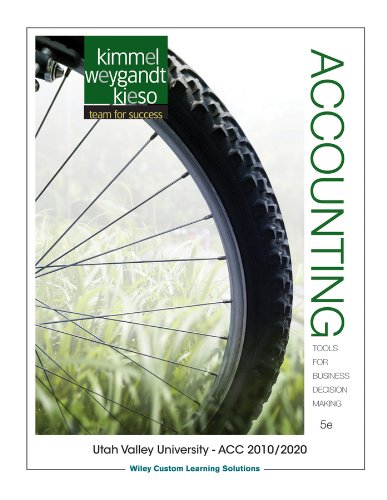Healthy Products, Inc., uses a traditional product costing system to assign overhead costs uniformly to all products.
Question:
Healthy Products, Inc., uses a traditional product costing system to assign overhead costs uniformly to all products. To meet Food and Drug Administration requirements and to assure its customers of safe, sanitary, and nutritious food, Healthy engages in a high level of quality control. Healthy assigns its quality-control overhead costs to all products at a rate of 17% of direct labor costs. Its direct labor cost for the month of June for its low-calorie dessert line is $65,000. In response to repeated requests from its financial vice president, Healthy’s management agrees to adopt activity-based costing. Data relating to the low-calorie dessert line for the month of June are as follows.
Number of Cost Overhead Drivers Used Activity Cost Pools Cost Drivers Rate per Activity Inspections of material received Number of pounds $0.80 per pound 6,000 pounds In-process inspections Number of servings $0.33 per serving 10,000 servings FDA certifi cation Customer orders $12.00 per order 420 orders Instructions
(a) Compute the quality-control overhead cost to be assigned to the low-calorie dessert product line for the month of June (1) using the traditional product costing system
(direct labor cost is the cost driver), and (2) using activity-based costing.
(b) By what amount does the traditional product costing system undercost or overcost the low-calorie dessert line?
(c) Classify each of the activities as value-added or non–value-added.
AppendixLO1
Step by Step Answer:

Accounting Tools For Business Decision Making
ISBN: 9781118771112
5th Edition
Authors: Kimmel, Wetlands, Kieso





